A Journey Through The Ancient Bakong Temples In Cambodia In 2025
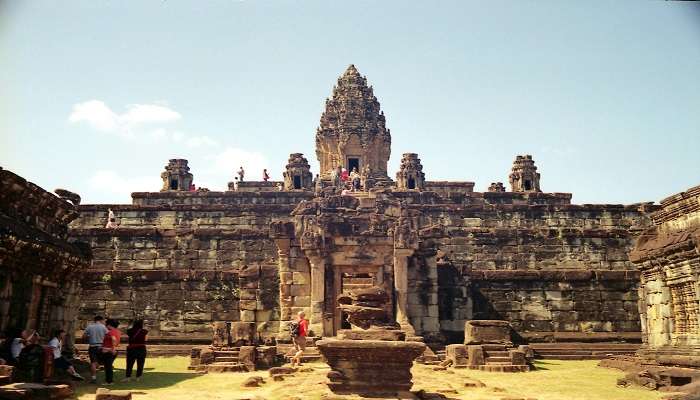
Cambodia is a land synonymous with rich history and culture and one place that’s integral to its existence is the wide range of ancient temples that give us a glimpse into the place’s glorious past. Among them all lies the Bakong Temples, often termed as the ancient temple city. Bakong is reportedly one of those sites in Cambodia that houses the first temple mountain structure that was significant in the Khmer dynasty’s architecture. Home to three main temples – Roluos, Bakong, Preah Ko, and Lolei, planning a half-day trip is enough to explore the area. While you are planning your trip to Siem Reap, adding a visit down to the Bakong Temples enriches your time in Cambodia.
About Bakong Temples
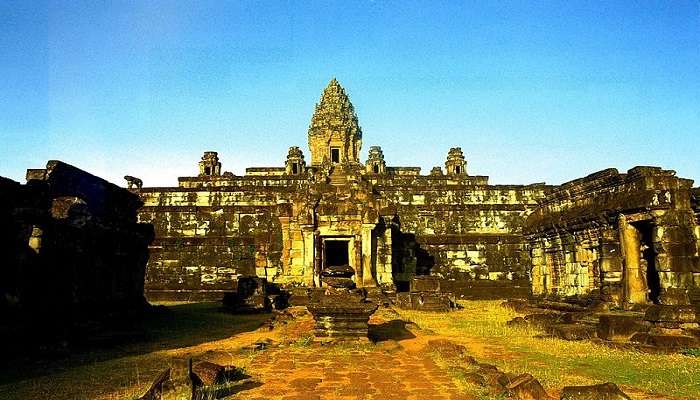
Bakong Temples are located roughly 13 km southeast of Siem Reap, in the middle of the lush Cambodian countryside. Unlike most of the temples in the Angkor archaeological complex, which were built by King Jayavarman V, the construction of the Bakong Temple is under the credit of King Indravarman I. Before the construction of the Bakong Temples, the majority of the temple complexes across Cambodia were built on flat land. King Indravarman I introduced the concept of the temple mountain, and it looks off from there.
The concept behind the temple mountain structure is inspired by Mount Meru, which draws inspiration from Hindu cosmology. During the time of construction, the temple was dedicated to the king’s Shiva lingam and since then became a place of worship. Three distinct temples make up the area of the Bakong Temples, including Roluos, Bakong and Preah Ko. The entire complex is enclosed by a moat, a recurring feature in Khmer architecture. The moat served the practical purposes of regulating water levels and preventing flooding while also holding symbolic significance as a barrier separating the earthly realm from the sacred space within.
Must Read: Places To Visit In Cambodia
Bakong Temples History
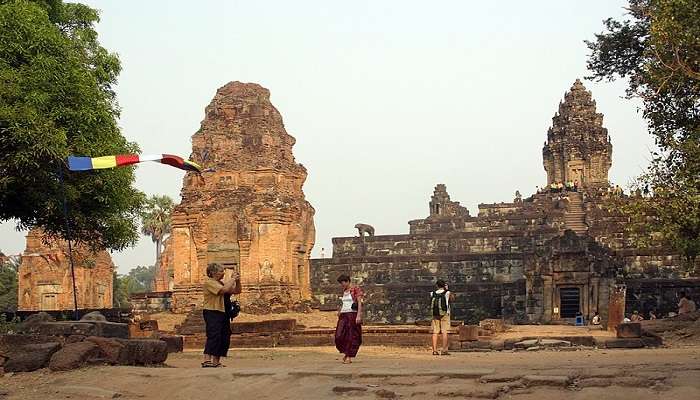
With the introduction of the temple mountain concept, the construction of the Bakong Temples in Cambodia paved the way for the construction of other similar temples with similar architecture. This explains why its construction is etched into Khmer history. During the construction of the Bakong temple back in 881 AD, the ruling empire was transitioning from Hinduism to Mahayana Buddhism. The architecture and the design of the Bakong temple reflect that shift. The temple is primarily dedicated to Hindu god Shiva. However, some design and architecture elements also depict Buddhist culture’s influence. This also laid the foundation for the Angkorian style of architecture, predominantly dominating the standard Khmer art and designs.
After the successful completion of the Bakong Temple, it briefly served as the capital city of the Khmer Empire, attracting pilgrims and monks from across the world. However, a few years later, the political centre moved to Angkor, making it the prime area of significance in Cambodia. Following the abandonment, the temple was covered in vines and jungle. It wouldn’t be until the 19th and 20th centuries that French explorers would rediscover Bakong and contribute to its restoration.
Bakong Temples Architecture
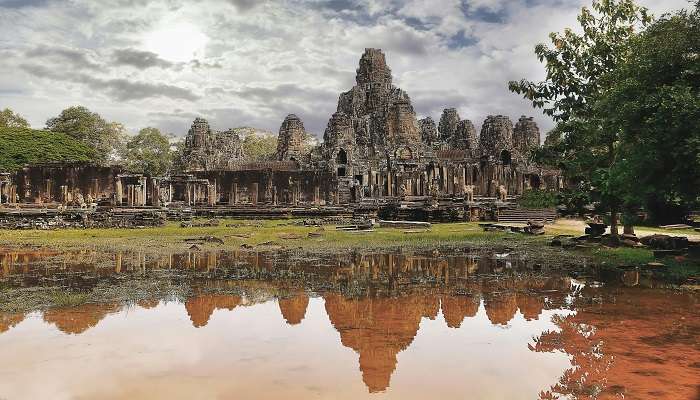
Moving on from the Bakong Temple’s history, another element that deserves to be discussed is the temple’s architecture. Being the first temple mountain in the area, Bakong sports a distinct design and architecture distinctive from the Khmer dynasty’s influence. There is a five-step pyramid structure, which is characteristic of a temple mountain. Not only does it elevate the temple’s height, but each step also has its own significance and intricate carvings. Among all the layers and steps, the bigger ones were built out of clay and laterite, while the lower ones were primarily constructed using sandstone.
One significant element that makes the Bakong Temples Siem Reap stand out is the inclusion of animal sculptures and designs. You will find inscriptions of Kamadhenu, or cow, which was Lord Shiva’s means of transportation. Besides that, there are different statues of lions and elephant figures inside the temple. The lions are included in a way that points in different directions. Another unique element in the temple’s architecture lies in the Naga sculptures. The native architectural styles between the 9th and 12th centuries were influenced by the temple’s architecture.
Suggested Read: Things To Do In Cambodia
Bakong Temples Entry Fees
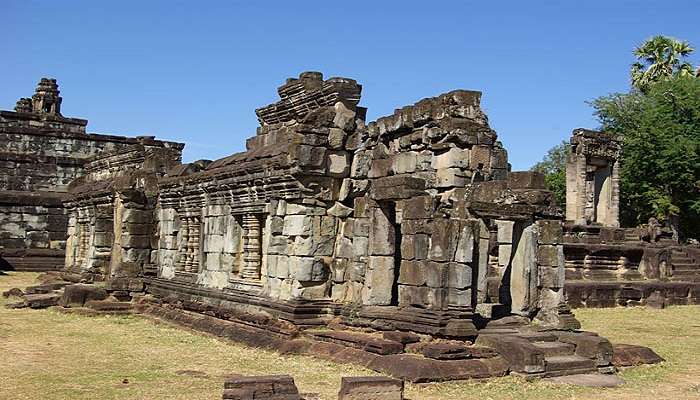
The Bakong Temples entry fees don’t have to be paid separately. The complex’s visitation is included in the Angkor Pass that you buy. Depending on your convenience, you can buy one for a day ($37), for three days ($62) or a week ($72). Beyond the cost of the pass, an additional $2 is charged per person to be donated to the Kantha Bopha Foundation. A children’s foundation provides free medical care to underprivileged children.
Things To Do At Bakong Temples
Once you reach the Bakong Temples complex, there are several things to do and explore inside the temple. Many say that a glimpse into the temple’s beauty from the outside is enough to enchant them. Here’s a breakdown of a few things to do in the temple:
1. Witness The Temple Architecture
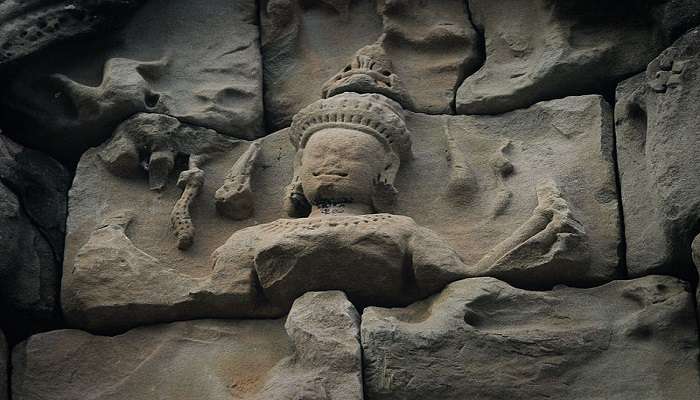
Given that the Bakong Temple is the first temple mountain in Cambodia, the beauty of this place is reflected in its architecture. So, as you step inside the temple, take the time to soak in the views of the surroundings and pay closer attention to the carvings, sculptures, smaller sanctuaries and the moat surrounding the temple. It gives you a closer look into the earlier Khmer architecture, which is quite impressive, to say the least.
Suggested Read: Cambodia Travel Tips
Suggested Read: Cambodia Travel Tips
2. Visiting The Surrounding Shrines
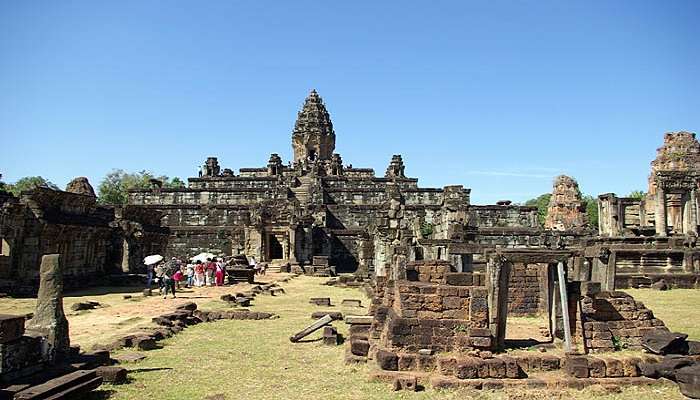
The central sanctuary inside the temple is dedicated to Lord Shiva. However, the smaller sanctuaries that line the temple area are home to a variety of other deities and include their shrines. You will also find ones dedicated to Buddhist spiritual beliefs.
3. Appreciate The Sandstone Sculptures
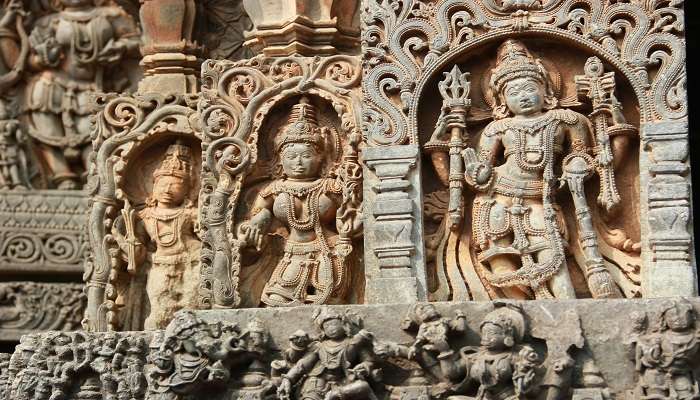
The Bakong Temples’ interior features various sculptures dedicated to deities and, surprisingly, animals. Witnessing those sculptures up close and the beauty of the sandstone carving is truly a one-of-a-kind experience.
Suggested Read: Siem Reap Beach
4. Learn About The Khmer History
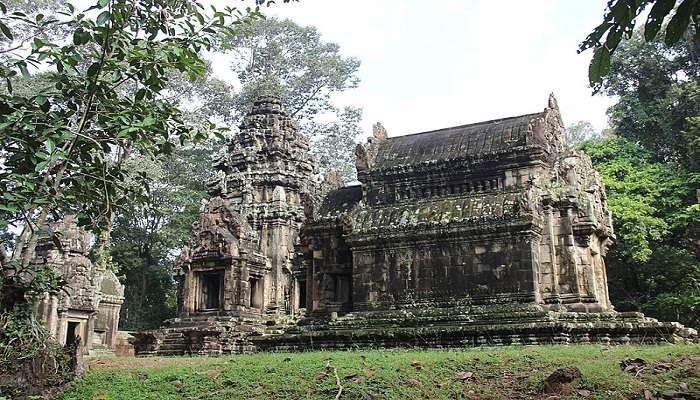
Gain insights into the history and significance of Bakong’s architecture as a turning point in Khmer art. This is even easier if you are on a guided tour. The local guides are a treasure trove of knowledge and offer you all the insights that you might need to know about the temple, its history and the significance of the Khmer dynasty back in the day.
Best Time To Visit
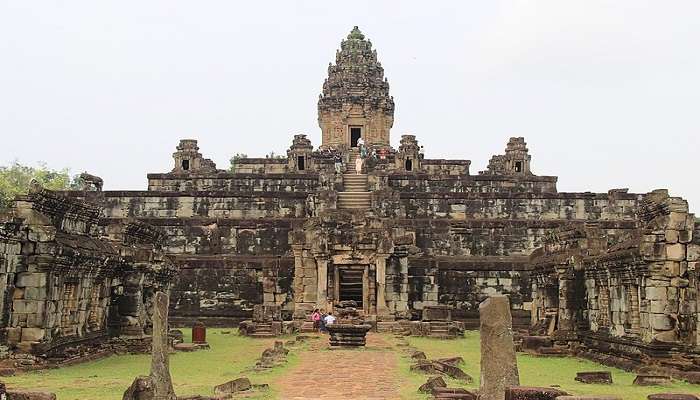
The months from May and October are usually shoulder seasons but offer a balance between favourable weather and fewer crowds. However, you might expect occasional rainfall during these months. The peak season for visiting Siem Reap in Cambodia is between November and April. The weather is pleasant and comfortable, making exploring outdoor spots like the Bakong Temples easier. So, the ideal choice for visiting this temple complex depends on your planning and what time would work best for you.
Suggested Read: Angkor Archaeological Park
How To Reach
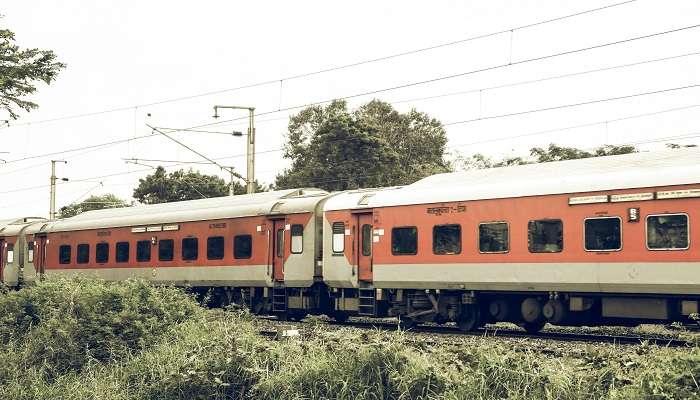
The exact location of the Bakong Temples is in Hariharalaya, Roluos, Cambodia, which is roughly 20-30 minutes from the main city centre of Siem Reap. If you are in a hotel in Siem Reap, you can hire a tuk-tuk or taxi from there and travel via Road 6 to reach Bakong Temples Siem Reap.
For larger groups, there are vans and minibuses available, which help transport many people at a time. For solo travellers, you can rent a bicycle at Siem Reap to paddle along to reach the Bakong Temple.
Further Read: Kbal Spean
On your next trip to Cambodia, ensure that you don’t miss out on exploring the Bakong Temples for an engaging look into the place’s history. Beyond the allure of the design and architecture, the temple also stands out for its unique pyramid structure and the animal sculptures and motifs all around. So, without any further delay, pack your bags and get to sorting out your next trip details without any delay.
For our editorial codes of conduct and copyright disclaimer, please click here.
Cover Image Credit: Alan Wang for Pexels
Frequently Asked Questions About Bakong Temples
Who built the Bakong temple?
The Bakong temple was built by Indravarman I as a dedication to Lord Shiva and is the first temple mountain in the country.
How can I reach the Bakong Temples from Siem Reap?
Bakong Temple is roughly 13 km from Siem Reap, where you can reach via a taxi, tuk tuk or even a local van. You’d need to prebook if you are travelling in a large group.
Is there an entrance fee for the Bakong Temples?
You’d have to buy the Angkor Archaeological Complex pass to be able to explore the Bakong Temples as well.
Is photography restricted inside Bakong Temples?
There are no photography restrictions inside the Bakong Temple. However, ensure that you are respectful of the people in close vicinity when taking the shot.
What other temples are near Bakong Temple?
A few of the nearby temples from Bakong include Preah Ko and Lolei, which are also part of the Roluos group.
People Also Read:
Girija Devi Temple Kali Bari Temple Thommanon Temple

Unveil the hidden treasures of the globe and turn every travel dream into reality. As a Content Writer, I am passionate enough to craft stories from ancient wonders to modern marvels. My words paint the picture-perfect itinerary for unforgettable experiences. Let my words be your trusted guide to immerse in the diverse culture and discover the beauty of the unknown.











